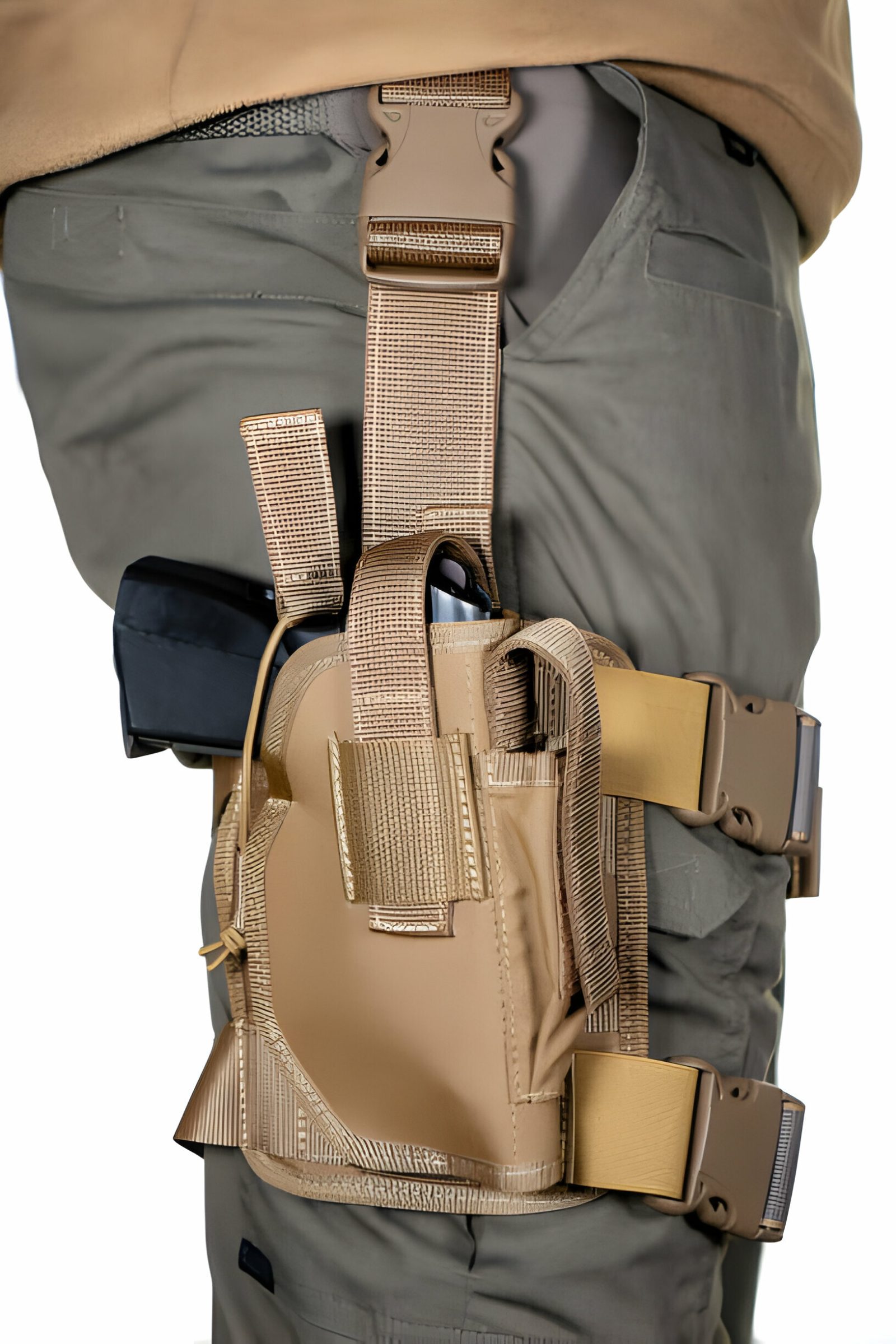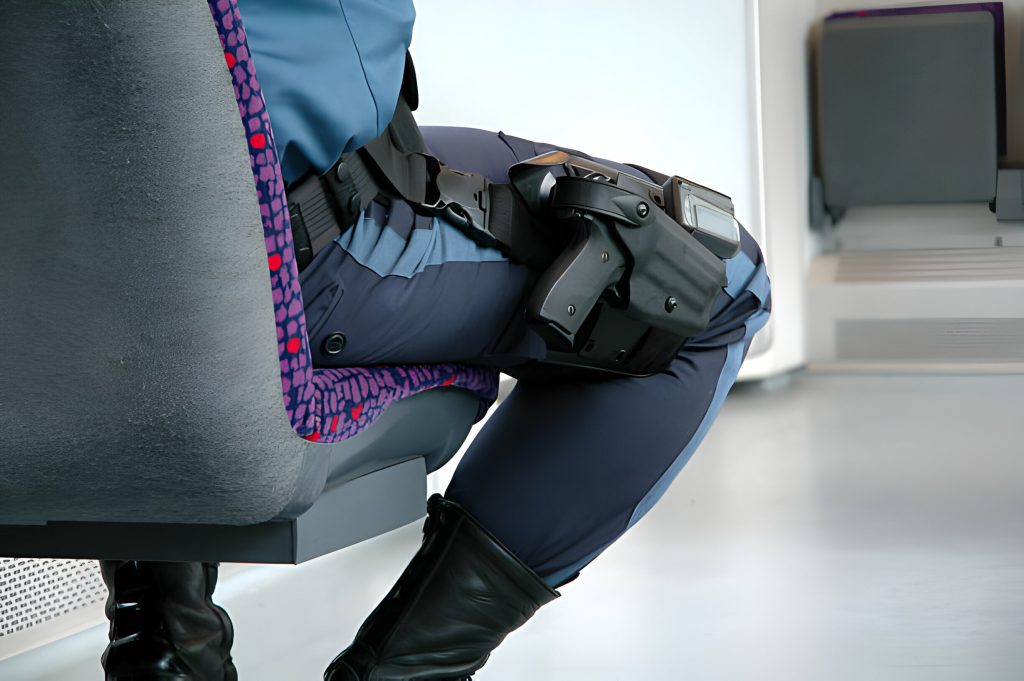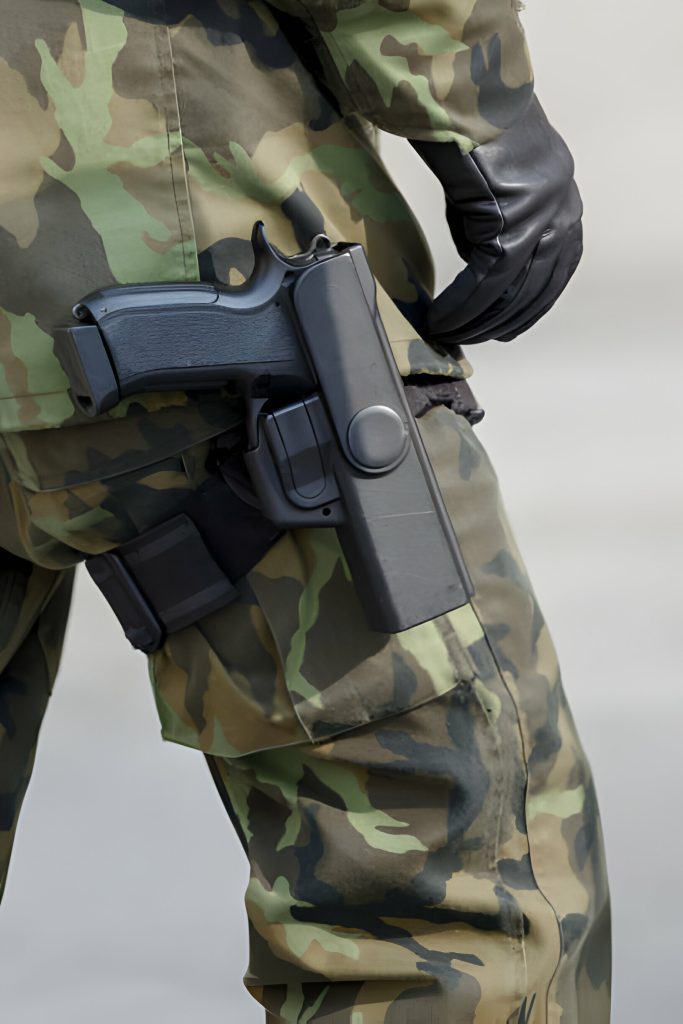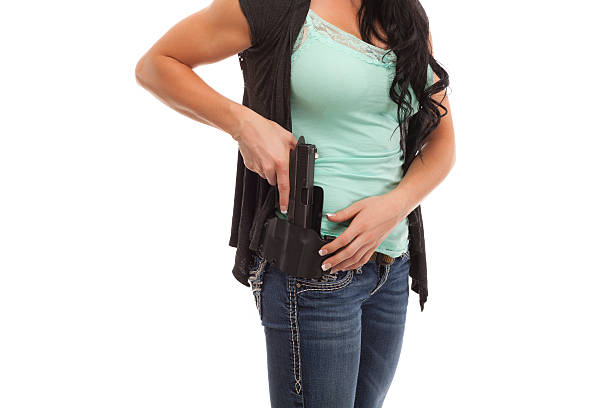Contents
hide


A leg holster, a practical accessory in the world of firearm enthusiasts and professionals, serves a crucial role in safely and conveniently carrying a weapon. These holsters have a rich history, evolving to meet the needs of various users. From law enforcement to outdoor enthusiasts, the leg holster has become a versatile and essential tool.
In the early days, leg holsters were primarily designed for military use, offering a secure and accessible way for soldiers to carry their sidearms. Over time, this concept has adapted to cater to civilian needs, with different types of leg holsters emerging to suit various preferences and applications.
These strap-on holsters are popular for their versatility, allowing users to comfortably carry a variety of handguns and ensuring quick and easy access when needed. The adjustable straps not only provide a secure fit but also enable individuals to customize the holster’s positioning for optimal comfort and concealment, making them a reliable choice for law enforcement professionals, military personnel, and civilians alike.
Drop-leg holsters, suspended from the belt and strapped to the thigh, have gained popularity for their tactical appeal. They allow for a quick draw and are often favored by law enforcement and military personnel. The design minimizes interference with body movement, providing a comfortable and accessible option.
The elevated placement of thigh holsters provides a tactical advantage by minimizing interference with movement, making them particularly well-suited for activities that require agility, such as hiking or running. Additionally, their adaptable design allows users to maintain a balance between easy accessibility and discreet carry, making thigh holsters a popular choice for those seeking a versatile and comfortable solution for various situations.
These holsters, crafted for tactical use, are frequently constructed from robust materials to withstand rigorous conditions. Their incorporation of extra pouches not only enhances functionality but also ensures that users in high-intensity professions, such as law enforcement or military personnel, can carry essential accessories seamlessly, reinforcing their utility in demanding and unpredictable situations.
In addition to their durability and timeless appeal, leather holsters develop a unique patina as they age, adding character to the firearm owner’s ensemble. While the snug fit is advantageous, users should be attentive to regular maintenance routines to mitigate potential wear and tear, particularly when exposed to harsh environmental conditions, ensuring the longevity and continued elegance of these classic holsters.
The lightweight nature of nylon holsters makes them an excellent choice for those who prioritize comfort during extended periods of wear, such as for outdoor enthusiasts or individuals engaged in recreational activities. The water and abrasion resistance inherent in nylon further contribute to their versatility, ensuring that users can rely on these holsters in diverse weather conditions and challenging environments.
The rigid and molded properties of Kydex holsters not only enhance firearm retention but also contribute to quick and effortless draws, making them a preferred choice for many gun owners. The adjustable tension system adds another layer of customization, allowing users to tailor the holster to their specific preferences, ensuring a secure fit without compromising on accessibility or ease of use.
Selecting the appropriate leg holster involves considering factors such as the type and size of the firearm, comfort, and concealment options. For smaller firearms, a thigh holster might offer a balance between accessibility and concealment, while a drop-leg holster may be more suitable for larger weapons.
Comfort is paramount, especially for individuals who plan to wear the holster for extended periods. Adjustable straps, padding, and breathable materials contribute to a more comfortable experience. Additionally, assessing concealment options is crucial, particularly for those practicing concealed carry, where a balance between accessibility and discreetness is essential.

Increased accessibility is a significant advantage of leg holsters. Their positioning allows for a quick and efficient draw, critical in situations where split-second decisions matter. The accessibility factor makes leg holsters a popular choice among law enforcement professionals and military personnel.
Concealment advantages vary depending on the type of leg holster. While traditional strap-on holsters offer a balance between accessibility and concealment, drop-leg and thigh holsters are designed for more overt carry, making them better suited for open-carry situations.
However, potential discomfort is a drawback that users must consider. Prolonged wear of leg holsters may cause fatigue, especially if the holster is not properly adjusted or lacks sufficient padding. Understanding the trade-offs between accessibility and comfort is crucial when selecting a leg holster.
In law enforcement and military settings, leg holsters are integral to a professional’s toolkit. The quick draw and accessibility of the firearm contribute to the effectiveness of these professionals in high-pressure situations. Tactical leg holsters, in particular, are designed to meet the demands of these intense environments.
For civilians practicing concealed carry, leg holsters offer a discreet and comfortable option. Thigh holsters, in particular, provide a concealed carry solution without sacrificing accessibility. Proper holster selection and clothing choice are crucial elements for civilians seeking a balance between personal protection and concealed carry.
Beyond professional and personal defense applications, leg holsters find utility in outdoor activities. Hikers, campers, and hunters often opt for leg holsters due to their accessibility and convenience. The holster’s design ensures that the firearm remains within reach, even in situations where traditional holsters may prove less practical.
Maintaining a leg holster is essential to ensure its longevity and optimal performance. Cleaning and preserving materials such as leather require specific care routines. Regular inspection for wear and tear, especially in areas with high friction, is crucial.
Nylon holsters are generally low-maintenance, but occasional cleaning is recommended to remove dirt and debris. Kydex holsters, resistant to most elements, can be cleaned with mild soap and water. Lubricating moving parts, such as the holster’s retention system, contributes to smooth functionality.

Innovations in leg holster design continue to shape the market. Manufacturers are incorporating advanced materials, ergonomic features, and customizable options to meet the evolving needs of users. Some holsters now come with modular platforms, allowing users to attach additional accessories or switch between different carry styles.
Integration with other accessories is another trend. Holsters with built-in magazine pouches, flashlight holders, or compatibility with modular attachment systems provide users with a comprehensive solution for their carry needs.
Understanding and adhering to concealed carry regulations is vital for anyone using a leg holster. Different jurisdictions have varying laws regarding the positioning and visibility of firearms. Users must be aware of local regulations and ensure compliance to avoid legal complications.
Restrictions and requirements may also apply to the type of firearm being carried. Some areas may have limitations on the size or caliber of weapons that can be holstered in certain ways. Researching and staying informed about local laws is essential for responsible and legal holster use.
In conclusion, the leg holster, a product with a rich history and diverse applications, continues to play a crucial role in the world of firearms. The choice between traditional strap-on holsters, drop-leg holsters, thigh holsters, or tactical leg holsters depends on individual preferences and the intended use.
Users must carefully consider factors such as the type and size of the firearm, comfort, and concealment options when selecting a leg holster. Whether for law enforcement, concealed carry, or outdoor activities, the right leg holster enhances accessibility without compromising safety.
As technology and design continue to advance, leg holsters evolve to meet the demands of an ever-changing market. Manufacturers strive to provide innovative solutions, integrating features that enhance functionality and convenience. However, users must remain vigilant about legal considerations, ensuring responsible and compliant holster use.
In the end, the leg holster stands as a testament to the intersection of functionality, comfort, and style in the realm of firearm accessories. As users explore the myriad options available, understanding their needs and preferences will guide them to the leg holster that best suits their individual requirements.
Q1:Why are leg holsters considered a practical accessory for firearm enthusiasts and professionals?
Leg holsters offer a secure and accessible way to carry a weapon, providing convenience and quick access. They are versatile, meeting the needs of both firearm enthusiasts and professionals in law enforcement or military roles.
Q2:What is the history behind leg holsters, and how have they evolved over time?
Leg holsters were initially designed for military use, providing soldiers with a secure way to carry sidearms. Over time, they have adapted to cater to civilian needs, evolving in design and materials to suit various preferences and applications.
Q3:How do traditional strap-on holsters differ from drop-leg holsters in terms of design and functionality?
Traditional strap-on holsters attach securely to the leg using adjustable straps, providing a balance between accessibility and concealment. Drop-leg holsters, suspended from the belt and strapped to the thigh, prioritize tactical appeal and quick draw, minimizing interference with body movement.
Q4:What are the advantages and disadvantages of using leather, nylon, or Kydex materials in leg holsters?
Leather holsters offer durability and a classic aesthetic but may require more maintenance. Nylon holsters are lightweight, flexible, and resistant to water. Kydex holsters provide excellent retention and durability, with resistance to moisture and chemicals.
Q5:What factors should be considered when choosing the right leg holster for a specific firearm?
Considerations include the type and size of the firearm, comfort, and concealment options. Smaller firearms may suit thigh holsters, while larger weapons may be better accommodated by drop-leg holsters. Comfort is enhanced by adjustable straps, padding, and breathable materials.
Get our latest news straight into your inbox

Leave a Reply